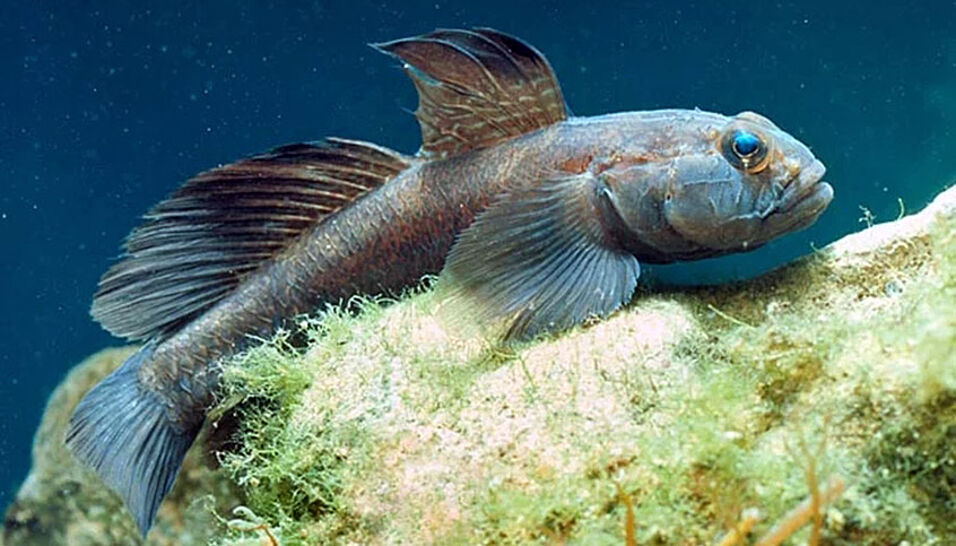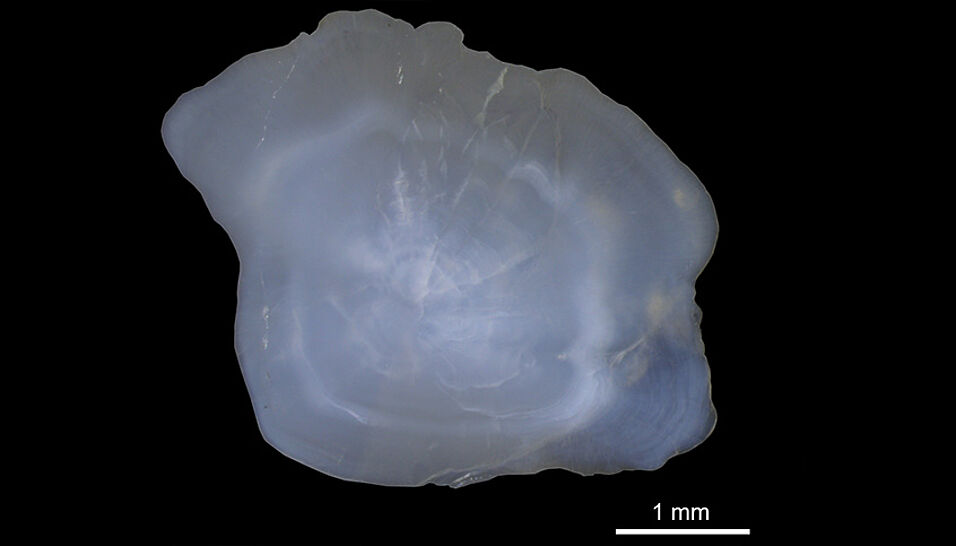The rapid impacts of climate change on fishes are forcing us to develop new strategies for the conservation of fish stocks. Our knowledge, however, of pre-impact fish communities and fish ecology is limited by the modern monitoring, which only started in the middle of the 20th century. This means that we are missing crucial baseline data from the early industrial and the pre-industrial, historical and archaeological years, where humans were already having a significant impact on marine ecosystems.
Taking a step back into the past, we can use precious information from the recent fossil record to understand and predict fishes’ responses to past and present-day environmental change, including global warming.
Fish otholiths as key to the past
Isabella Leonhard (PhD candidate) and Konstantina Agiadi from the Conservation Palaeobiology and Historical Ecology group led by Martin Zuschin at the Department of Palaeontology are working exactly on these questions, and they are using fish otoliths to do it. Fish otoliths are small stones in the inner ear of fishes that help them perceive sound and balance themselves. Small calcium carbonate crystals are accumulated every day as very thin layers (called increments) over a tiny core, and this forms an otolith, with a shape and morphology that is unique to each fish species. When the fish dies the otoliths are preserved, separated from the decomposed fish body, and buried in the sediments of the sea floor, from where scientists can retrieve them after thousands or even millions of years and study them.
Methods, applications and limitations
Isabella Leonhard and Konstantina Agiadi now published a paper dedicated on fossil fish otoliths, reviewing the state-of-the-art of methods, applications and limitations in their use for marine monitoring and conservation. “Our goal was to provide otolith-newbies and experienced researchers with the knowledge necessary to start working with fossil otoliths. We put together a roadmap, identifying knowledge gaps and topics for future research”, says Isabella Leonhard. “Otoliths in fact have great potential to inform us about changes in the body size, lifestyle, growth and reproduction of fishes, especially now that our oceans are becoming warmer”, she explains.
Apart from their morphology that allows paleontologists to reconstruct past fish faunas, otolith increments, similar to tree rings, are useful for determining the fish’s age. In addition, their chemistry records conditions of the aquatic environment such as temperature, salinity, pH etc., at the time when the fish was living. These characteristics make otoliths, both fossil and modern, unique and indispensable tools for investigating climate change impacts on the marine environment and fishes.
About the authors
- Isabella Leonhard is doctoral student at the Vienna Doctoral School of Ecology and Evolution (VDSEE) and works as predoc researcher in the Conservation Palaeobiology and Historical Ecology group led by Martin Zuschin at the Department of Palaeontology. Contact details in u:find
- Konstantina Agiadi, geoscientist and paleontologist at the Department of Palaeontology, studies past fish faunas and food webs to understand the relationship between climate, basin connectivity and marine ecosystem structure. Website


